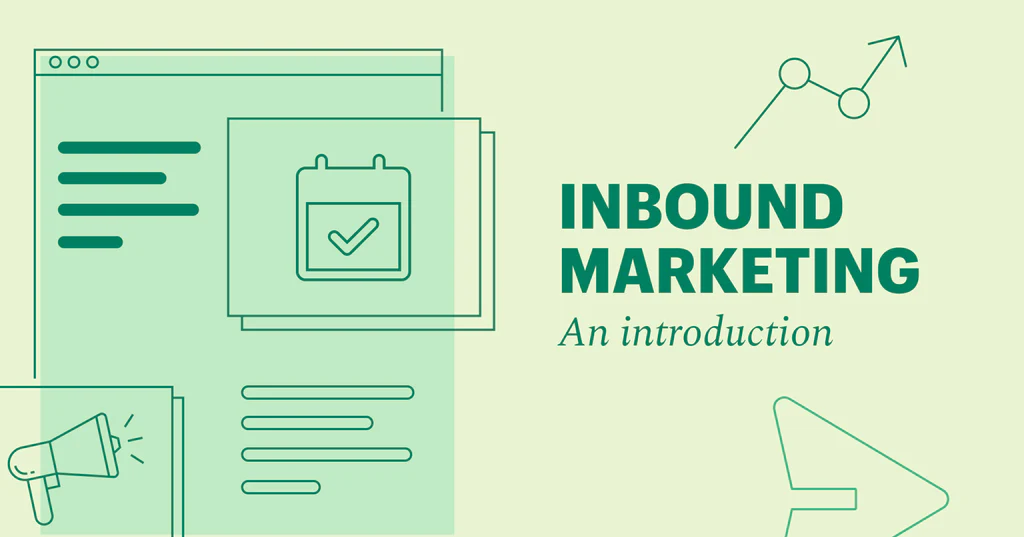What is media buying?
“ Media buying consists of any activity that brings a brand message in front of its intended audience. The job of the present day media buyer is to juggle his way though finding the right audience and discovering means to reach them. He does this while trying to maximize reach & impressions, optimize ad recall and all this, he does it within the client’s budget".
How to create a media buying strategy
- Set your advertising Goals
- Research your audience
- Study Demographic & Behavioral Cues
- Find points of differentiation
- Dive into their lives and find their hobbies
- Explore advertising platforms
- Create a budget and plan
Set your advertising goals
Media planning is an integrated process. The media planning team works hand in hand with creatives and strategists to understand the broader goals of the brand and create their plans in line with the creative content and the brand’s objectives within a campaign.
Research your audience
If you want to reach you audience in an effective way, it is important that you try to walk in their shoes. This exercise is carried out by creative planners as well and in a similar fashion, media buying specialists should create buyer personas to understand their audience. However, the media buying specialist must differentiate their research by focusing on finding different cues than a content planner. In your own research you should try to find these cues about your customer.
Study Demographic & Behavioral Cues
Demographic and Behavioral targeting are two separate approaches to understand more about our audiences. While the first focuses more on structured information like age, gender and income the second approach focuses more on actions that your targeted audiences might take.
The best practice in today’s marketing world is to use both these approaches and combine them. For example, if your audience comes from a middle income family, we can assume that they are likely to take public transportation. In which case, a media buyer might think about placing ads on the bus and rail station.
Media planners think about several scenarios like this to understand their audience’s actions and strategise the best way to reach them.
Find points of differentiation
A big challenge you will face with media buying is to work on a budget. That means you have to maximize your impressions at the lowest costs while targeting the right people. This can become difficult if your advertising platform charges per impression. And for every impression directed at the wrong viewer, you are wasting precious ad budget.
This is why advertisers must find something unique about their audience. By looking at a unique quirk, such as a hobby only your target audience has can save you money. For example, if you are targeting a luxury brand only the rich can buy, buying ad space in an exclusive country club could be your best bet.
Dive into their lives to find their hobbies
Is there more to studying your audience’s hobbies and interests than to differentiate them? What if, instead of your audience being a fan of golf, he likes to watch football? Would it still be worth it to invest in ad placements on a sport that is watched by millions outside your target audience?
Assuming you have larger budgets and a relatable product, in this example buying advertising on a football match can guarantee that your customers will pay attention to your ads. On top of that, you get the extra advantage of non-customers learning about your brand and potentially talk about it to friends and family.
Explore advertising platforms
The world of media buying has never had a lack of options. With a world of choices from Online to Offline, Static to Dynamic, the media buyer is like a kid in a candy shop. So how do you, as a novice buyer decide how to spend your marketing budget?
Here’s the 10 step Process to get you started:
- Start by segmenting your audience (Buyer Persona).
- Distribute Ad spending between each audience segment preferably by measuring their customer lifetime value and cost per conversion if you have that data.
- Compile all possible platforms where you can display ads and start eliminating channels where your audience spends the least amount of time.
- Choose one or two platforms to start your campaign.
- If possible, conduct a user survey to see how many customers recall your ads.
- You are most likely to miss out on a portion of your customers by just targeting on one channel. This is when you choose a secondary platform.
- Also, increasing the number of of channels can have the added benefit of remarketing which increases your brand recognition.
- Measure the cost per impression for all platforms.
- Distribute your budget across all channels based on the order of cost effectiveness and reach. The majority of the budget going to the most effective channels and the remainder with other ad spaces.
- Repeat exercise for other segments
- Periodically, your costs to reach an additional customer will increase. It is advisable to switch to other ad channels when this happens.
Creating your digital media buying plan
Digital marketing is a beast of its own. The two major platforms Google Adwords and Facebook, are some of the most prominent advertising platforms available to marketers today. Both platforms offer a great range of powerful tools to learn about the audience, publish ads at great speeds and measure conversions in real time.
Creating effective media campaigns on digital platforms is an iterative process. Learn more about it by following these steps.
Use analytics and research tools to know your audience
Before the internet, marketers had to either spend millions of dollars in research or go into the battle field blindfolded. Today, the average marketer has tools that is 1000 times more effective than the research conducted by big name research companies.
Analytics and Research tools are your greatest weapons in this effort allowing you to learn everything from who’s interested in your product to where they live and what they are searching for on the internet. You can take advantage of real time data to understand the effectiveness of your ads and measure vital metrics like cost per impression and the cost of conversion. The tools available to you are numerous and would take volumes of books to cover all of them. Start with the basics like Google analytics and Adwords course on Youtube.
Optimize your ads with split tests
There is a sense of irrevocable finality in advertising. That once, an ad is out there, it is in the hands of the advertising gods and the people who see it. We never got to know, what if instead of creating our ad in a certain way, we had gone in a completely different route?
Optimization techniques like split testing changes all that. Split testing allows media buyers and creatives to test different versions of an ad. The idea being that we get to see in an almost lab like setting, which ads perform better with the audience.
Media buyers should take full advantage of this. Test out ads,placements and platforms in a pursuit to find cheaper ads, more engaging placements and a larger variety of ideas.
Take a more iterative approach
The role of a media planner is facing a paradigm shift. Responsibilities that we traditionally assigned to media buyers are now handed over to growth hackers and optimization specialists. This can be attributed to the fact that Digital Ads don’t behave the same way as traditional ads. Ads on digital media can be published instantaneously and its results can be observed in real-time. This is in stark contrast to traditional media where we found out the results of our ads after a campaign was over.
In the digital spectrum, it is wiser to take advantage of the fact that we readily receive instant feedback. This empowers us by letting us know which ads perform poorly, which ads can be a PR disaster if we let it run longer and which platforms perform better in terms of engagement among many other things. In light of this abundance of information, marketers will gain to benefit immensely from creating short term plans that leave room for course correction.
Keep an eye on the metrics
Advertising is no stranger to Big Data. Invest your time and resources to learn more about how to extract, manage and understand data behind your campaigns. Some of the most important data, we like to call metrics, will be your north star on the way to becoming more effective media planners. Understanding how your ads are performing, as they circulate the internet empowers you to make important decisions and create a greater impact on the success of your campaign.
Retarget people who have seen your ads or visited your website
According to conversion optimization specialists Invesp one in five marketers now have a dedicated budget for retargeting. Their research is one of many that indicate that retargeting ads to people who’ve already interacted with you can be more effective than showing ads to someone for the first time.In fact, you are 10 times more likely to get a click to your website from someone who has visited your website than someone who has never head of you.
Combine multiple campaign objectives to move people across the sales funnel
Marketing is a process driven business. Our goals evolve from raising awareness, to keeping customers interested in our products. Eventually though, we would all like to reach the point where our audience becomes a paying customer. This step by step process is often referred to a sales funnel or a customer life cycle journey.
Digital Media Buying plays an important role in this process. Media buyers must decide where to allocate their budget along the funnel. Should the lion’s share go to raising brand awareness? Or should it be allocated to conversions? These are the questions that define a campaign’s success.
For business just starting out, it is ideal to focus their attention on building an audience. That is, allocate the budget towards brand awareness and new audiences. As your audience moves along the funnel, dedicate a portion of your media buying budget to retargeting them.
Based on personal experience, a good place to start would be to dedicate 50-50 of our budgets between a new audience and retargeted audience. As we get a better understanding of our costs, the time it takes from awareness to conversion, we should optimize accordingly. In my experience, the longer the life cycle, the more ad bucks should be dedicated to nurturing existing clients. The inverse is true for shorter life cycles.
A few parting thoughts
Based on my professional experience, I see media buying as a role that is massively evolving. In the future, media buyers will be data scientists who can work with large data sets and make sense of it.
Media buying in the digital spectrum also has an immense potential to bring ads to the right people, at the right times. This is why media planning teams will heavily invest in ‘optimizing’ technologies and data science to understand the complex algorithms that will decide optimal resource allocation and aide us in juggling through the ever erratic world of marketing.


